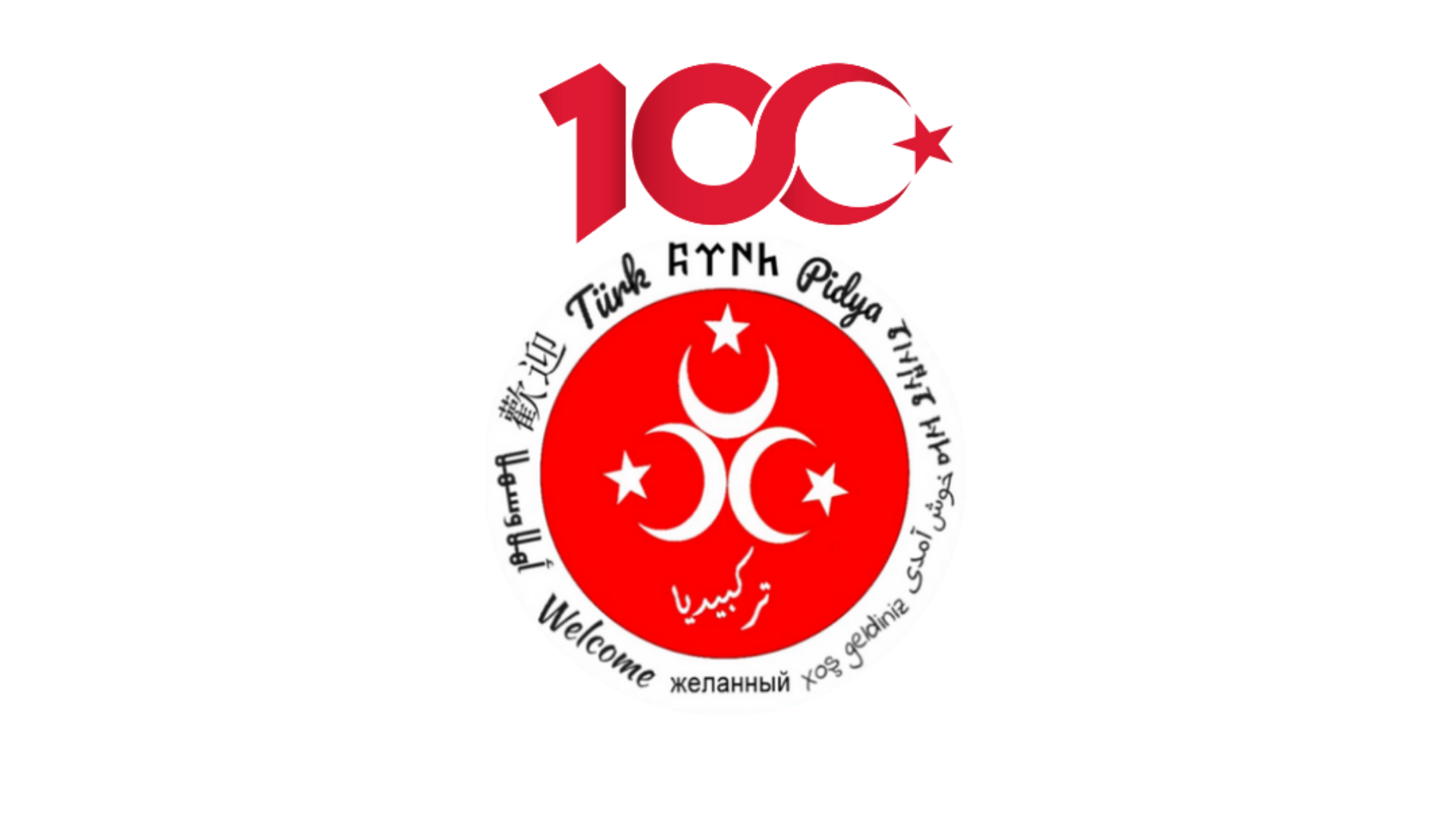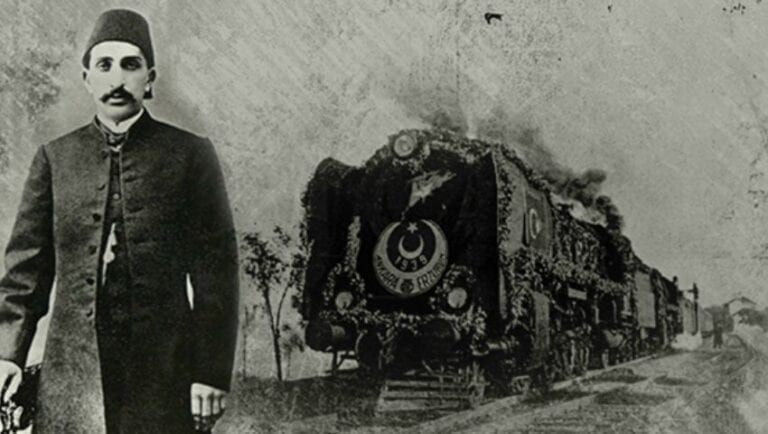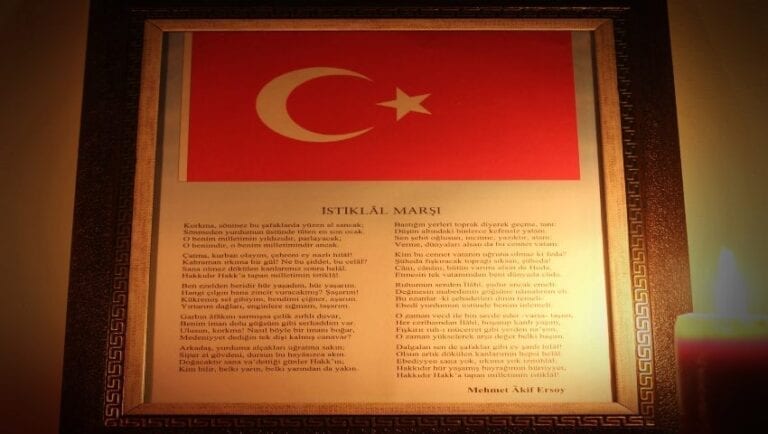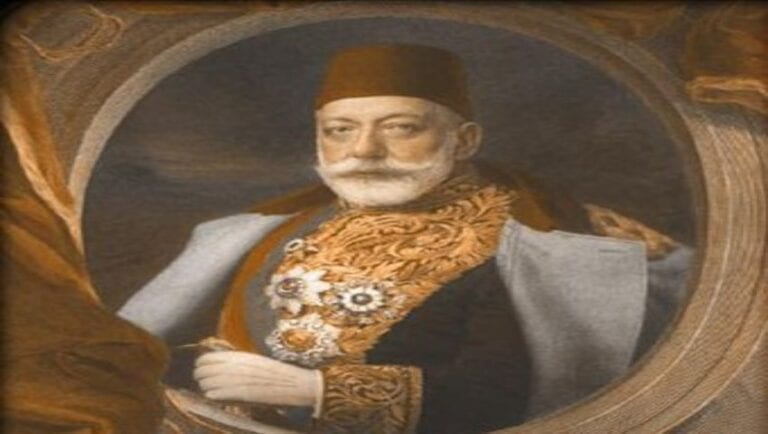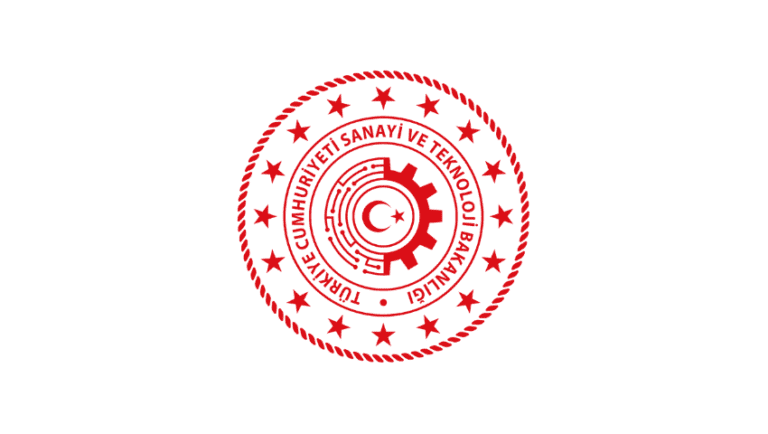Table of Contents
Sultan Abdul Majid I, is considered an important sultan of the late Ottoman Empire period who tried to introduce modifications to the empire’s body.
The reign of the Sultan was marked by the rise of nationalist movements, in addition to attempts to ally with Western European powers and implementing organizational reforms.

The lineage and family of Sultan Abdul Majid I
Sultan Abdul Majid I belongs to the Ottoman family, as his full name until Ertugrul Gazi is:
Sultan Abdul Majid I son of Mahmoud II son of Abd al-Hamid I son of Ahmed III son of Muhammad IV son of Ibrahim I son of Ahmed I son of Muhammad III son of Murad III son of Salim II son of Suleiman the Magnificent son of Selim I bin Bayazid II son of Muhammad Al-Fatih son of Murad II son of Muhammad I son of Bayazid I son of Murad I son of Orhan Gazi son of Osman son of Erturgul Gazi
Sultan Abdul Majid I married 17 wives, and they are:
- Servetseza Kadın
- Tirimüjgan Kadın
- Düzdidil Kadın
- Cemile Sultan
- Şevkefza Kadın
- Şayeste Hanım
- Zeynifelek Hanım
- Gülcemal Kadın
- Verdicenan Kadın
- Perestu Kadın
- Nükhetsezâ Hanım
- Mahitab Kadın
- Nesrin Hanım
- Nergizev Hanım
- Bezmiara Kadın
- Nalandil Hanım
- Ceylanyar Hanım
The early life of Sultan Abdul Majid
Sultan Abdul Mujbad I was born April 25, 1823 to Sultan Mahmud II and Bezmiâlem Sultan in Istanbul.
Sultan Abdul Majid I of the Ottoman received a European education with distinction, as he spoke the French language fluently and was considered the first Ottoman Sultan to speak French.
The Sultan was interested in literature and classical music, and was educated in the palace like most princes of that time.
Prince Abdul Majid was famous for his desire to introduce reforms and modifications to the Ottoman Empire like his father, Mahmoud II, as Prince Al-Shabab was looking to modernize the empire.

The era of the rule of Sultan Abdul Majid
The Egyptian Crisis
Sultan Abdul Majid rose to the throne on July 2, 1839, when he was only 16 years old.
The Ottoman Empire was in a critical state at the time when Abd al-Majid assumed power, as the Egyptian-Ottoman war was at its peak.
With the beginning of the rule of Sultan Abdul Majid, the Ottoman Empire had lost a major ground battle in front of the army of the revolting Egyptian ruler Muhammad Ali Pasha, and the state also lost its Naval fleet, which was delivered by Captain Ahmed Fawzi Pasha to Alexandria.
One of the first acts of the Sultan was the assumption of the position of Grand Vizier of Khosrow Pasha, the former governor of Egypt, after which the state worked to agree with the European allies on a common solution to the Egyptian crisis.
With the entry of the year 1841, the Egyptian crisis was resolved, and Sultan Abdul Majid I issued a decree regarding Muhammad Ali’s assumption of the rule of Egypt.
Ireland’s Great Famine
The news of the Great Irish Famine reached Sultan Abdul Majid I, which caused the starvasion of more than a quarter of the Irish population.
The Sultan immediately decided to send an amount of 10 thousand pounds sterling to the aid of the poor of Ireland, which is considered by Queen Victoria, “the Queen of the United Kingdom and Great Britain at that time”, a large sum, as her majesty only donated two thousand pounds sterling.
Queen Victoria asked the Sultan to reduce his donation so that it should not be more than the amount donated by her, so the Sultan sent a sum of one thousand pounds in cash with ships loaded with food.
The British navy prevented the Ottoman ships from reaching Ireland and the Ottoman ships maneuvered at night to be able to dock at the port of Drogheda.
The Irish team, Drogheda United, adopted the crescent and star emblem of the Ottoman Caliphate as a slogan for the club, as a tribute to the relief efforts undertaken by the Ottoman Empire in Ireland.


Internal reforms
Sultan Abdul Majid’s greatest achievement was the implementation of the reforms announced by his father, Mahmud II, whereby the Sultan issued the Hamayuni line and the Kalkhana line.
The most prominent reforms introduced by the state in the era of Sultan Abdul Majid:
- The first Ottoman paper currency were issued
- Reorganizing the army, including the introduction of compulsory conscription and setting its ceiling for five years
- Adoption of the Ottoman National Anthem and the Ottoman National Flag
- Reorganizing the financial system according to the French model
- Reorganizing civil and criminal law according to the French model
- Reorganizing the court system, creating a system of civil and criminal courts with both European and Ottoman judges.
- The establishment of the Public Knowledge Council, which was the prototype of the first Ottoman Parliament
- Establishment of the General Education Council Foundation
- The establishment of the Ministry of Education
- Plan to abolish slave markets and ban slavery
- Planning to build a Protestant chapel
- Establishing modern universities and institutes
- Establishment of an Ottoman school in Paris
- Abolish some taxes that impose higher tariffs on non-Muslims
- Non-Muslims were allowed to become soldiers in the Ottoman army
- The issuance of new land laws affirming the right of ownership
Crimean War
The Ottoman Empire entered the Crimean War against Russia due to Russia’s ambitions in the territories of the empire in addition to income in the internal affairs of the state.
The Ottoman Empire concluded a joint defense agreement with England and France, to intervene in the war in the interest of the Ottomans.
The battles were concentrated in the Caucasus and the Black Sea, the Ottoman, British and French allies managed to occupy Sivasopol, while the Russians took control of the state of Kars.
In 1856 the Ottoman Empire and Russia concluded the Paris Peace Agreement and a return to pre-war borders.
The Crimean War severely strained the treasury of the Ottoman Empire, as the Ottomans borrowed the first foreign loan in history to pay off military expenditures worth 75 million French francs.

Dolmabahce Palace construction
Dolmabahce Palace is one of the most important architectural monuments that were built in the era of Sultan Abdul Majid, as it was the first European-style palace in Istanbul.
Sultan Abdul Majid built the palace between 1843 and 1856, at a cost of five million Ottoman gold liras, equivalent to 35 tons of gold. Fourteen tons of gold were used to decorate the inner ceiling of the palace.
The palace cost the state treasury large sums of money that were spent while fighting the Crimean War.

The death of Sultan Abdul Majid
Sultan Abdul Majid died of tuberculosis (like his father) at the age of 38 on June 25, 1861 in Istanbul, and was buried in the Yavuz Selim Mosque, and was succeeded by his younger half-brother Sultan Abdul Aziz , son of Pertevniyal Sultan.
